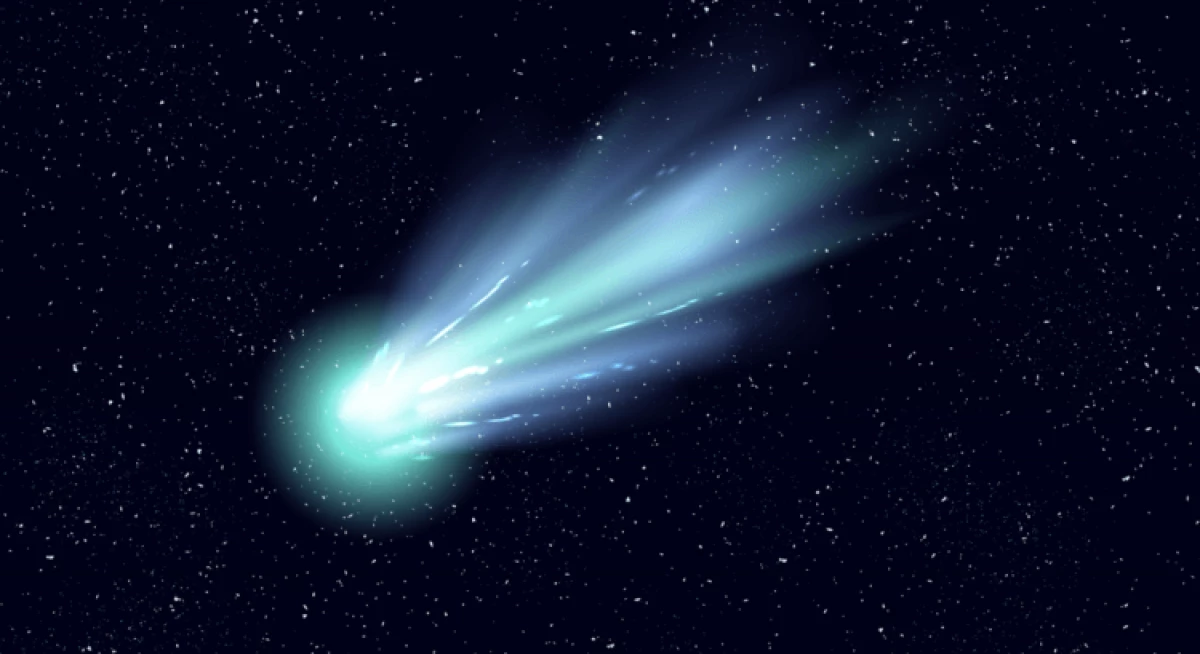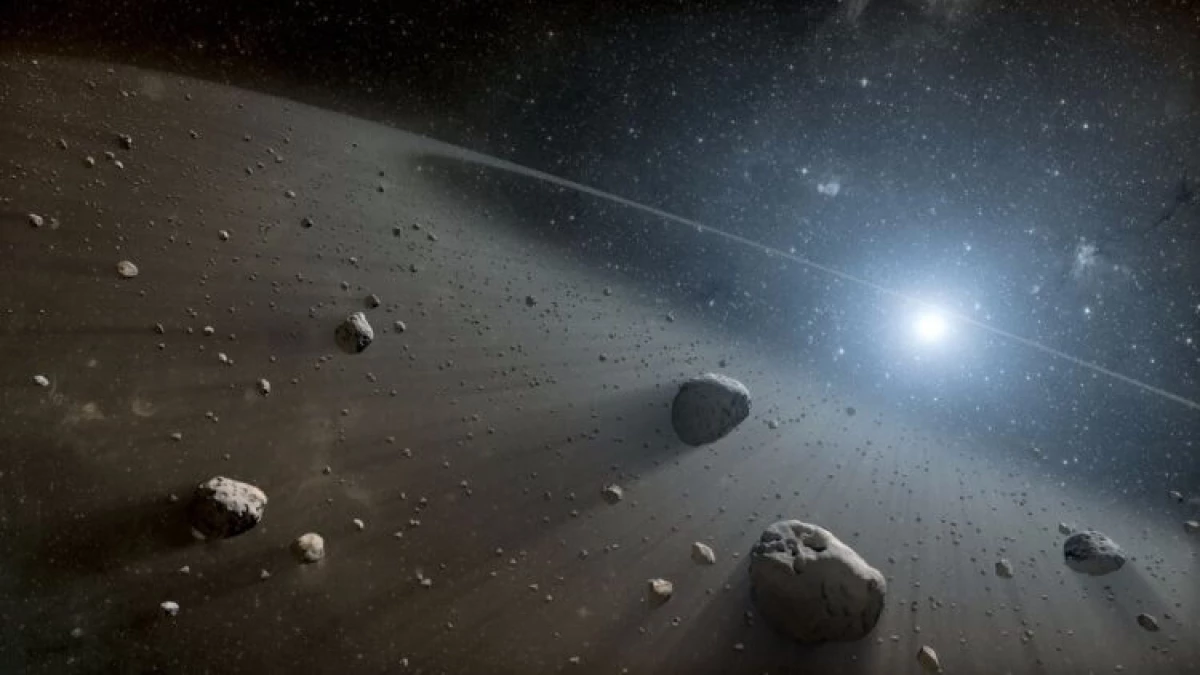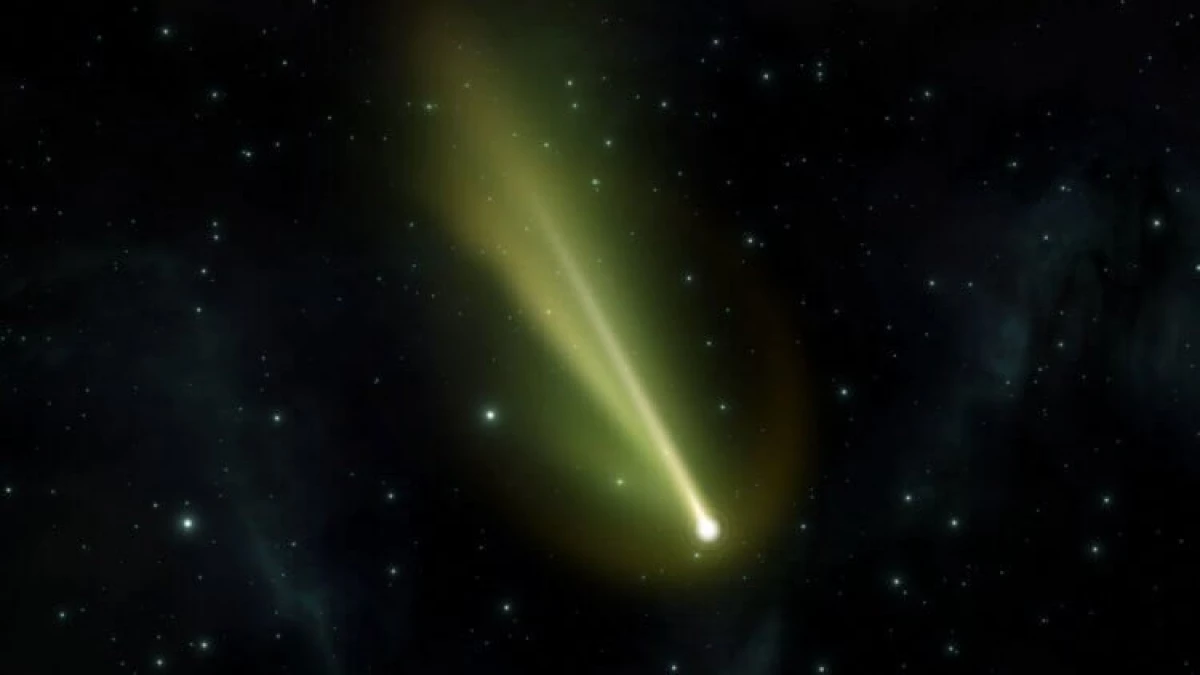In the past, small celestial bodies, applying around the sun on an elongated orbit and sometimes forming the tail of gas and dust, were considered a bad omen. Ancient Greeks, for example, portrayed comets in the form of severed heads with fluttering hair, and translated from the Greek word "comet" means "hairy star". But you should not be surprised at the same attitude of our ancestors to these celestial wanderers - most of the time people saw in the night sky the sky of the moon, stars and planets, but the moving bright objects of observers scared. Since the history of our type is associated with such tragic events as wars and epidemics, each comet's appearance accompanied one of the inevitable misfortunes. It was believed that the brighter comet, the more severe tests she promises humanity. But the times have changed and today enjoy flying past comets without fears and excitement. It is interesting that in January 2021, astronomers discovered a new incredibly bright comet called C / 2021 A1 (Leonard), which can be observed by the unarmed look in December.

Inhabitants of the solar system
The observed universe hides in itself a lot of secrets. Many of them are probably so forever and remain unsolvable, but it is unlikely to weaken the interest in space among scientists and ordinary ordinary people. Over the past 54 years, starting from the launch of the Soviet satellite, we managed to put on the map all the planets of the solar system, as well as their numerous satellites. But the planets and the moon are not the only inhabitants of our galaxy.
Between Jupiter and Mars, as I hope, knows the respected reader, is the belt of asteroids - the place of accumulation of many objects of all sorts of shapes and sizes, the so-called small planets. Asteroids, like meteorites, sometimes fall to the ground, pleaseing scientists from different areas of science. But there is on the space scene, which we observe from the earth, even more amazing objects.

Want to always be aware of the latest news from the world of popular science and high technology? Subscribe to our channel in Google News so that you do not miss the latest announcements of our site!
Comet Leonardo - Heavenly Wanderer
Comet, as is known to modern science, consist mainly of frozen gases that are heated as they approach the Sun and glow from sunlight. When gases are heated, the solar wind is the subatomic particles emitted by our star - blows the expanding material in a beautiful tail of the comet (yes, it was these tails that resemble the observers of antiquity cut off heads with a magnificent chapel).
Today, professional astronomers can observe from half a goodness to a dozen comet any night. But comets, bright enough to carry out those of us, who have large telescopes are not, are quite unusual and appear on average one or two years every 10-15 years. You can even say that the appearance of a large and bright comet in the night sky is a relatively rare event that happens no more than 6-7 times in a century. And although comets have been watching for many centuries, the nature of these space travelers hides in themselves a lot of mysteries.
It will be interesting for you: NASA shared photos of the first interstellar comet

Comet C / 2021 A1 (Leonard) was discovered by Astronomer Gregory Leonard on January 3, 2021 in the Mount Lemmon Observatory, located north-east of Tucson (Arizona, USA). When Leonard saw a comet for the first time, it was an extremely dim object of a small magnitude, located at a distance of about 5 astronomical units from the Sun (an astronomical unit is equal to the average land distance from the Sun - 149,565 million km).
Currently, C / 2021 A1 (Leonard) is between the orbits of Jupiter and Mars. Researchers note that the comet will reach the periecelium - the nearest point of the orbit to the Sun is approximately January 3, 2022. This means that we will have a whole year to see how this heavenly traveler is becoming brighter and brighter.
Read also: new pictures of the mysterious comet Borisov have been received
As noted by astronomers from the NASA reactive movement laboratory, the first approximation of the leonardo comet to the Earth will be held December 12, 2021 about 14:13 Moscow time. The comet orbit also suggests that it will take place relatively close to Venus on December 18, 2021. In general, according to the current estimates currently, Leonardo can be observed within a few days before the approach to Earth in early December 2021. Contemplation by this bright beauty with a naked eye with the help of binoculars is also possible.

Try not to miss this astronomical event, because comets are bright enough so that they can be seen with the naked eye, are quite unusual and appear at the night sky of the earth not so often. In the medium latitudes of the Northern Hemisphere Comet will be available for observations since September 2021.
Interestingly, the comet Leonardo hyperbolic orbit. This means that as soon as it passes by the Sun, it will be thrown out of the solar system and we will never see it anymore, so the opportunity and the truth is unique. The comet orbit also demonstrates that C / 2021 A1 is not a "new" comet, which came directly from the Oort cloud - an ice shell around the solar system, where comets appear before flying around the sun. Most likely, Comet Leonard moves along a closed orbit and probably attended the surroundings of the Sun at least once in the past, about 70,000 years ago.
